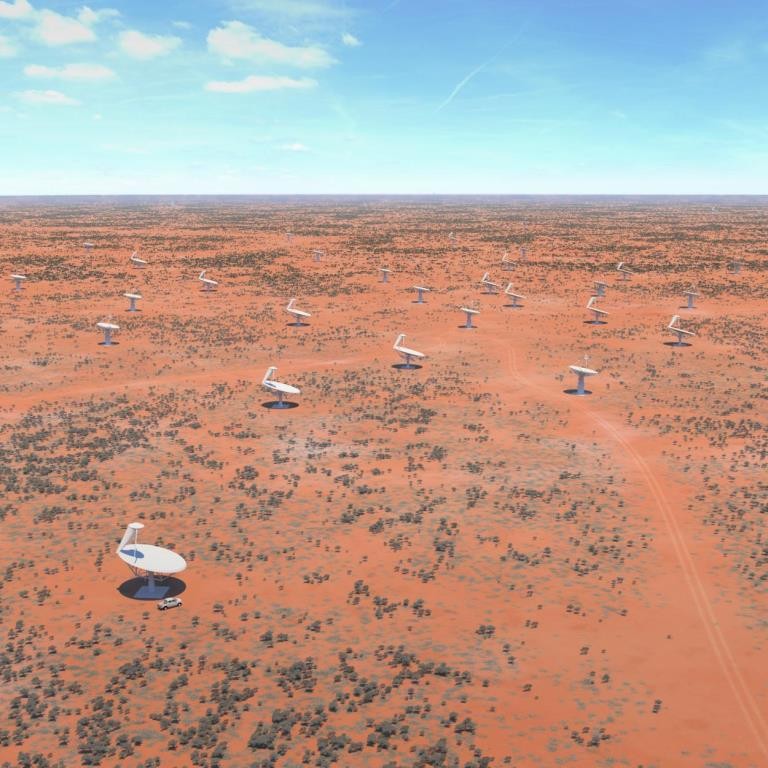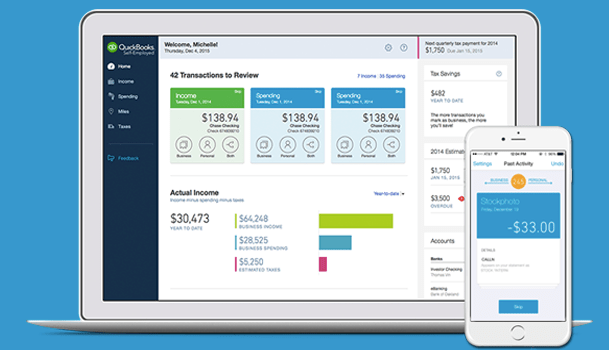- Select a language for the TTS:
- UK English Female
- UK English Male
- US English Female
- US English Male
- Australian Female
- Australian Male
- Language selected: (auto detect) - EN
Play all audios:
After 40 years of empty promises, Premier Philippe Couillard and Prime Minister Justin Trudeau came to St-Léonard Monday to announce the Montreal métro’s Blue Line will be extended eastward
for five stops, to be opened in 2026.
Couillard stressed that this pledge could be trusted because it comes with a significant amount of cash attached: $365 million, going mainly to the cost of expropriating houses, buildings
and land to construct métro stations and bus terminals, and funding for a business and technical plan that will allow the Société de transport de Montréal to put out calls for tenders for
construction work slated to begin in 2020.
“Unlike previous times the extension was announced, we have already put money aside and sent notices of expropriation to many homeowners and landowners,” Couillard said. “That is not the
kind of thing you just undo.”
Couillard added that it was the first time an announcement was made with Canada’s prime minister present, providing more reason to believe.
The total cost of the extension is estimated at $3.9 billion, but Couillard cautioned that was still preliminary and could change. He countered the assertions of former city councillor
Richard Bergeron, who published a letter in Le Devoir saying the cost estimates were wildly overpriced, in comparison with costs of building métro stations in Laval. Costs for expropriation
and purchasing land are far lower in Laval, Couillard said.
The line will be extended for five stops along Jean-Talon St., just south of the Metropolitan Expressway, with stations at the intersections of Pie-IX Blvd., Viau Blvd., Lacordaire Blvd.,
Langelier Blvd. and at the Galeries D’Anjou shopping mall next to Highway 25. There are also plans to create a pedestrian tunnel to link the métro line to the Pie-IX bus rapid transit line,
which is still under construction. Two bus terminals and a parking lot for 1,200 cars are also envisioned. The government predicts the extension will draw 17,100 new users and result in
5,300 fewer cars on the road.
Trudeau called the announcement long overdue for the region.
“It’s been years that the eastern portion of the city has been underserved in terms of existing public transit, especially considering that more and more people are choosing to live here,”
he said.
It takes roughly 45 minutes to more than an hour for residents to get downtown from St-Léonard, said Pierre Frisko, general manager of the Jean Talon East business development corporation,
with the result that the borough has the highest percentage of car owners on the island, he said. The lack of efficient public transit discourages industries from setting up shop because
they fear they won’t be able to attract workers. It’s also a burden for residents who work in the western area of the island.
“Finally — that is what I want to say. Finally,” said St-Léonard city councillor Dominic Perri. “I’ve been hearing about this since I first ran for office here in 1982. Thirty-six years.”
Perri was there when former premier Jean Charest announced in 2009 that the Blue Line would be extended. Four years later, the Parti Québécois repeated the pledge, saying they were putting
$30 million toward analysis. Both promises resulted in numerous studies but no stations.
This is the first time a significant of amount of money is being put forward, Perri said, and expropriation notices have been sent out, so he feels confident it will happen.
Montreal Mayor Valérie Plante welcomed the news as well. But she noted that the extension will put more pressure on the already overcrowded Orange Line, so her administration would be
continuing to push for a new Pink Line that would run from north to south. Asked how the stations should be named, Plante said she was open to honouring prominent individuals from Montreal’s
history, particularly women and people of diverse backgrounds who have been missing from street names and parks, but said the decision would be made with all involved parties and in keeping
with the métro’s current practices.
Quebec and Ottawa are still negotiating how the bill will be split, as the federal government begins Phase 2 of its infrastructure program outlining how much it will give to the provinces
and territories. But the leaders said Monday the figures shouldn’t stray too far from the 60-40 federal-provincial split the two sides had negotiated during Phase 1 of the program.
The Parti Québécois panned the announcement as more window dressing and no action.
“After four years of waiting, the citizens of Montreal East will stay hungry,” said Carole Poirier, opposition critic for the metropolis. “While Montrealers were waiting for an announcement
of an earth-turning to officially start the construction, the government instead informs us that it is engaging in even more preliminary studies.”
Couillard said he preferred to be realistic than overly optimistic in his timelines, and said the studies were important because the majority of cost overruns in any project occur because of
inadequate planning at the outset.






